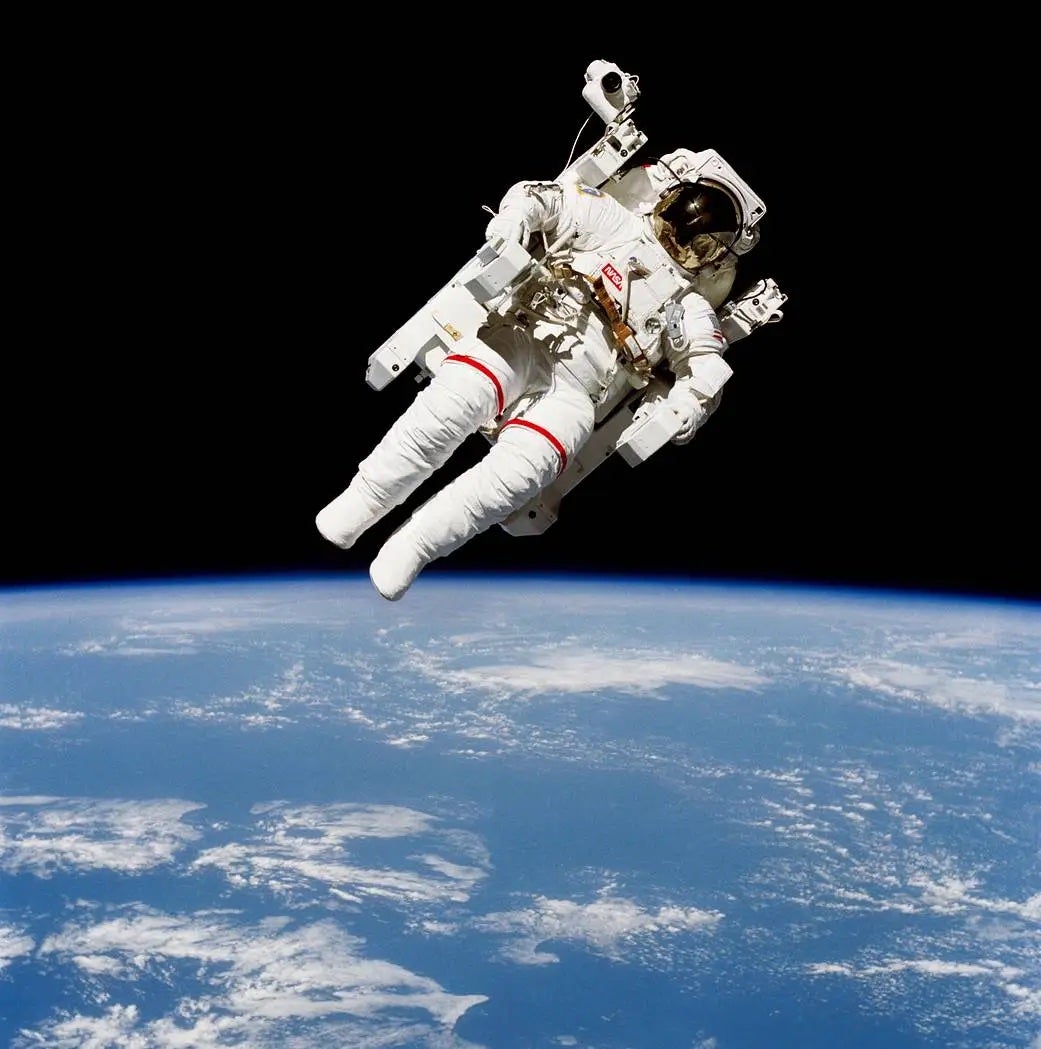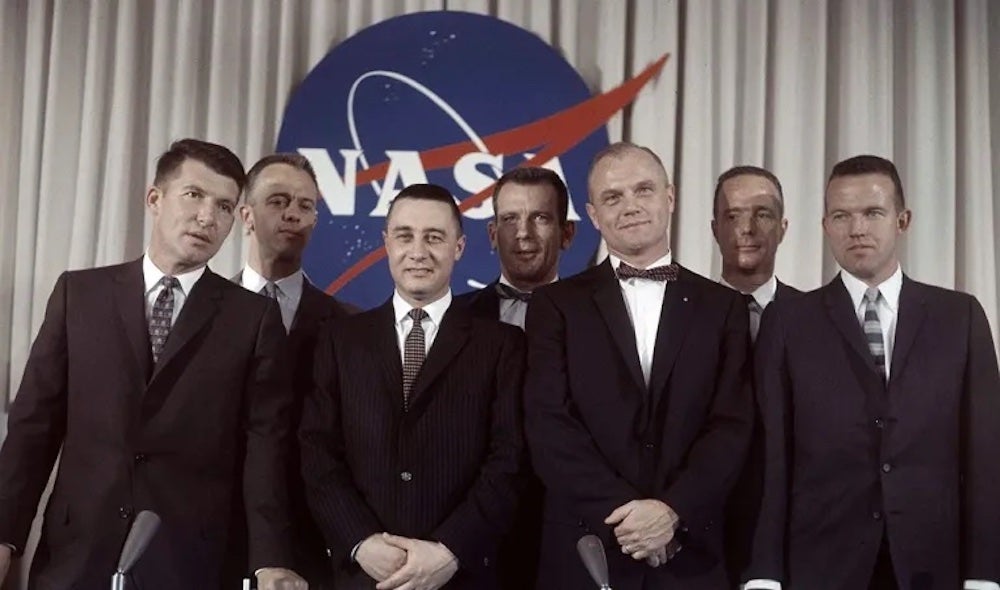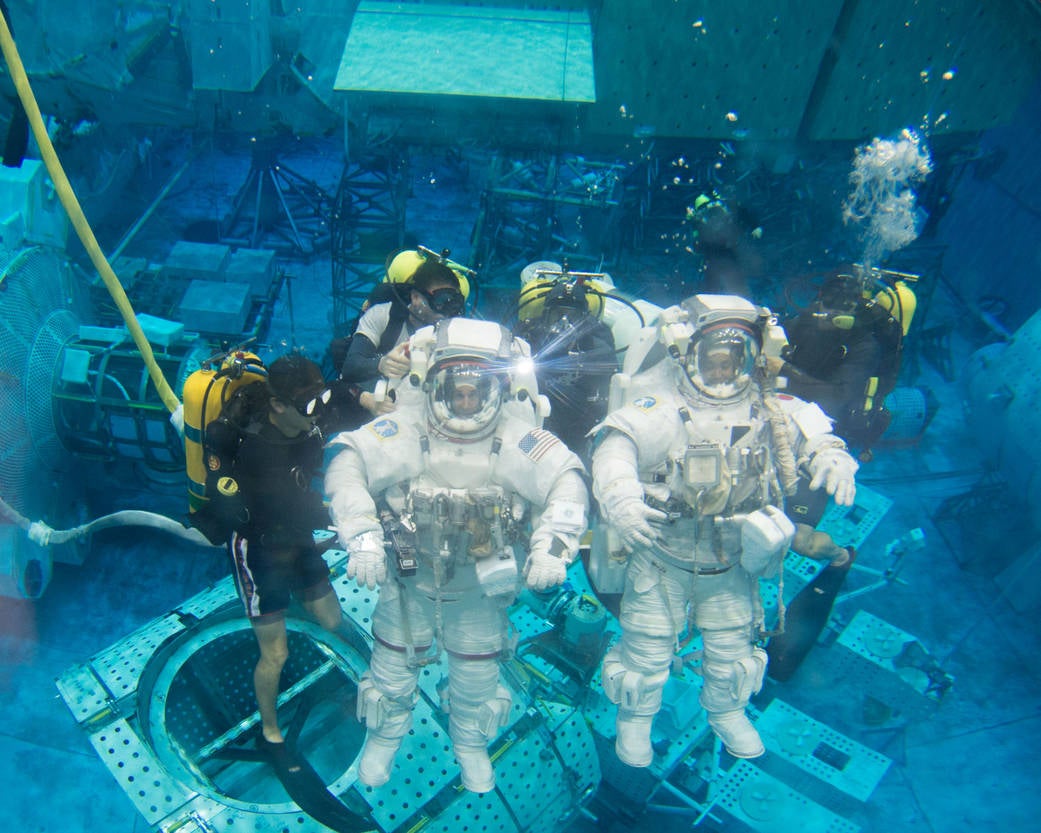
Ever dreamed of becoming an astronaut? NASA is accepting applications for its next round of potential space travelers; the deadline is April 16, 2024.
The salary is about $152,000 and the perks are out of this world.
There is a lot of competition. Application cycles open every four years or so. NASA receives thousands of applications. In 2020, more than 12,000 people submitted applications. Ten people were selected from that group, an acceptance rate of 0.083 percent. In 2017, NASA received over 18,300 applications. Eleven made it from that group, about 0.06 percent.
If you apply, don’t get discouraged if you are not selected at first.
“It took most of us a few times – you need to be tenacious,” said NASA astronaut Anne McClain, in her guide to applying to be an astronaut. “When I came to interview, a senior astronaut told me, ‘Just because you would be perfect here does not mean you will be selected.’ It made me realize a lot of really qualified people don’t get selected. But 100 percent of people who do not apply will not be selected. You need to apply. And if you are not selected, apply again (and again, and again).”
Ready to apply? Check out NASA’s requirements and the application here. If you are accepted, be sure to give us a shout out from space.
Astronaut selection in the past

For the first round of astronauts in 1959, candidates could be no more than 5 feet and 11 inches tall because of the limited amount of room in the first space capsules. They also needed to be pilots with flight experience and some experience with engineering. Later, in 1964, NASA started looking at academic qualifications for astronaut candidates. At a minimum, applicants needed a Ph.D. in a select field, such as physics, chemistry, medicine, or engineering.
The ideal candidate
Similar requirements exist for astronauts in the 21st century, but there are various ways to meet the qualifications. To reach the stars, NASA requires applicants to have a master’s degree in a STEM field (or have at least two years of work in certain doctoral programs, complete a medical degree, or complete a test pilot school program), and have a minimum of three years of professional experience after you completed the degree. There are additional requirements, including being a U.S. citizen and passing background screenings, psychological tests, and more.
Astronaut candidate training

Getting selected is only half the battle. Next, astronaut candidates must complete a two-year training period, including military water survival, SCUBA certification, and a swimming test, completed in a flight suit and shoes.
During the two years to pass as a qualified astronaut, candidates must also complete International Space Station systems training, spacewalk training, learn Russian, and undergo other related technology training. If successful, candidates become permanent astronauts. Those who do not make it might be placed in other positions at NASA, depending on what’s open at the time and the agency’s needs.









